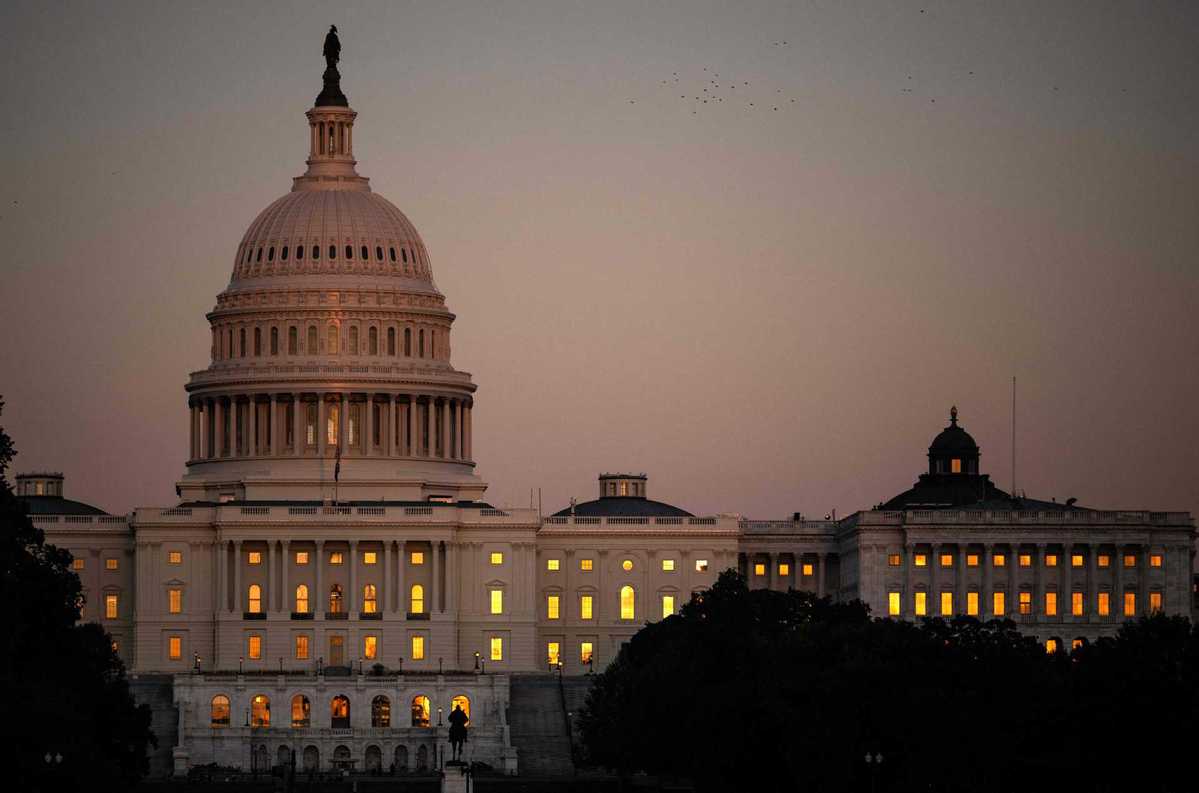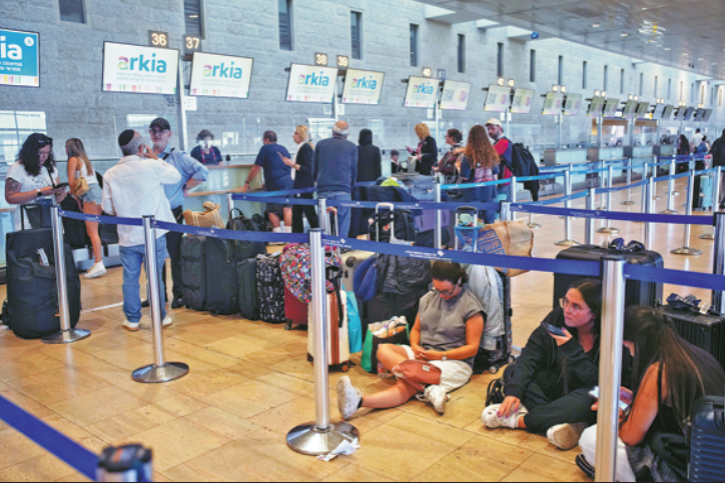Shutdown: US govt tells workers to stay home


US government departments on Wednesday morning were deciding who should remain on the job and which staff should be sent home, as Congress failed the night before to reach a deal to keep funding services.
The primary sticking point appears to be healthcare, as Democrats want an extension of subsidies for items like Affordable Care Act premiums, while Republicans want to maintain current spending levels and handle healthcare funding separately at a later date.
Both parties blamed each other for the failure to reach an agreement.
"President Trump and Congressional Republicans just shut down the government because they refused to stop your healthcare costs from rising," former vice-president and presidential candidate Kamala Harris posted on X. "Let me be clear: Republicans are in charge of the White House, House and Senate. This is their shutdown."
Republican House Speaker Mike Johnson, meanwhile, said that the Democrats "officially voted to CLOSE the government."
"The only question now: How long will (Senate Minority Leader) Chuck Schumer let this pain go on — for his own selfish reasons?" he posted on X.
During a shutdown, services deemed "essential", such as Medicaid, Medicare, Social Security benefits, the postal service and air-traffic control would not be affected, though there could be delays if workers start calling in sick, as happened in previous shutdowns. "Non-essential" services, such as parks, museums and landmarks will likely close, and government reporting services, the IRS and the courts may eventually be affected once their departments run out of money. It could also affect services such as immigration hearings and small business loans, though not student loans.
About 750,000 federal government workers have already been told not to report to work.
However, whether workers are on the job or not, about 4 million of them will not be paid until an agreement is reached, though many will be due back pay. Exceptions include people in hourly positions such as janitors and security guards, who will lose wages during the shutdown.
Though the Republicans have a 53-47 majority in the Senate, they need at least seven Democratic votes to reach the 60 votes required to pass spending bills.
The administration came out swinging on Wednesday, as it froze $26 billion in funding for Democratic-leaning states, following through on a threat to use the government shutdown to target Democratic priorities, Reuters reported. The targeted programs included $18 billion for transit projects in New York, home to the two top Democrats in Congress, and $8 billion for green-energy projects in 16 Democratic-run states.
"(President Donald Trump) is using the American people as pawns, threatening pain on the country as blackmail," Schumer said.
Trump, for his part, has threatened to permanently lay off staff if a deal isn't reached soon.
"We can do things during the shutdown that are irreversible, that are bad for them and irreversible by them, like cutting vast numbers of people out, cutting things that they like, cutting programs that they like," Trump said on Tuesday before the deadline for an agreement passed.
His point was reiterated on Wednesday by White House spokeswoman Karoline Leavitt.
"Sometimes you have to do things that you don't want to do," she said at a news conference when asked about government layoffs, adding that cuts could start within two days.
"Unfortunately, because the Democrats shut down the government, the president has directed his Cabinet, and the Office of Management and Budget is working with agencies across the board, to identify where cuts can be made, and we believe that layoffs are imminent," Leavitt said.
There have been 14 government shutdowns since 1980. The most recent — and the longest — was during Trump's first term, lasting 35 days from Dec 22, 2018 to Jan 25, 2019.

































